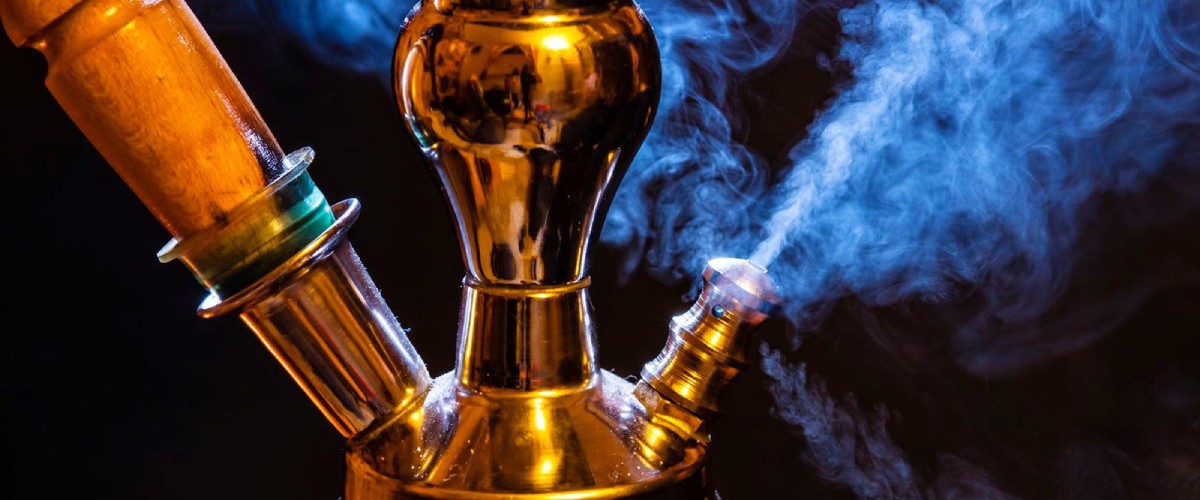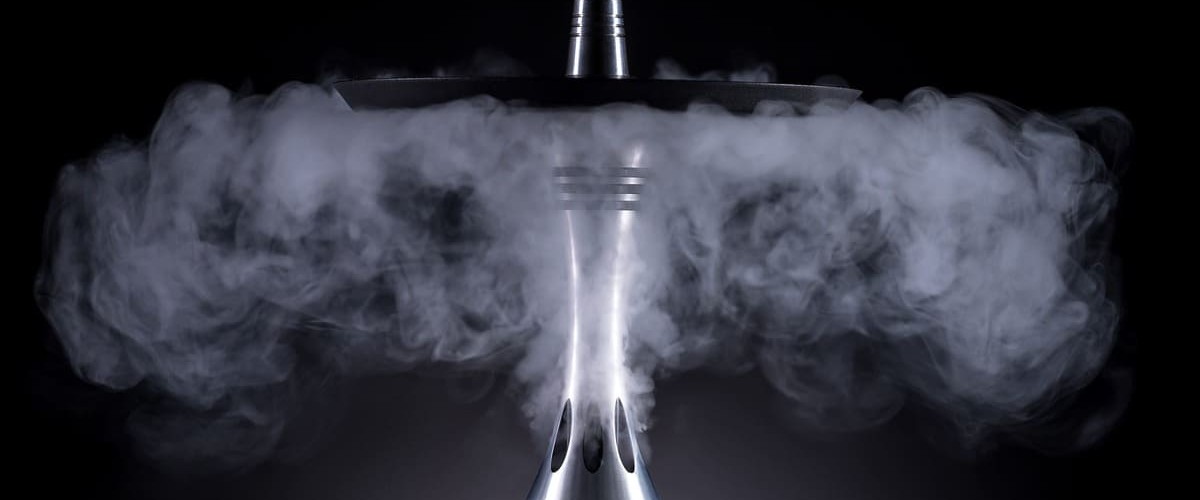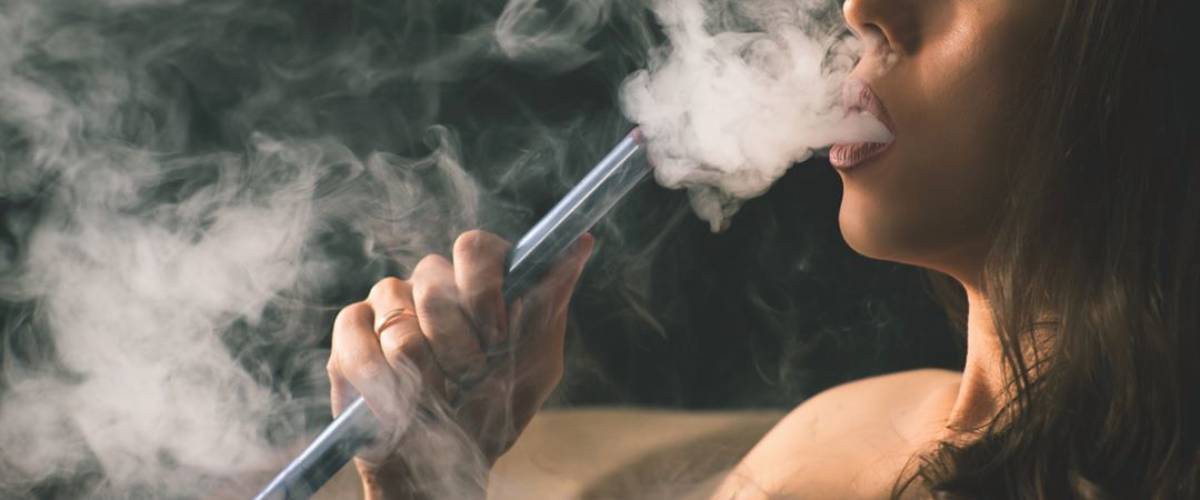Why Do I Need to Blow a Hookah?

Hookah Dubai purging is a necessary process for comfortable smoking, which allows you to restore the smoking device after burning tobacco. Not all hookah owners know why to blow a hookah When bitterness is felt, you need to stop the smoking ceremony and figure out why this is happening. The reasons why the hookah is bitter:
- incorrect arrangement of coals – if the coals are placed in the center, the smoking mixture burns out faster;
- contamination in the mine or in the hose;
- tightening depth;
- burnt smoking mixture;
- overflow of the bowl;
- the valve is not inflated.
The valve plays an important role in the nargil and is responsible for ensuring that excess smoke does not accumulate in the flask and the temperature of the bowl decreases. It is present on many hookahs, but its design and resistance strength vary. Before you start blowing the smoking device, make sure that the ball is not stuck. Blow air into the hookah hose to understand how much smoke freely comes out of the hookah shaft structure. If the ball is stuck in the valve, there is a risk that you will flood the bowl with water from the hookah flask.

How Often to Blow the Hookah?
Blow the hookah after 10 puffs. This serves as an excellent prevention against overheating, which reduces the appearance of bitterness to a minimum. The purging process should take approximately 10-15 seconds. This is enough for the bowl to cool down and the hookah to stop burning. Periodic purging will clean the flask from carbon monoxide and excess air.
You should blow slowly and as gently as possible. Before blowing, check whether the ball is stuck. If the ball inside has been corroded, be sure to clean it with a brush. This will greatly facilitate the purging process, and prevent the filling of the shisha bowl. Stable purging prevents overheating and stabilizes the temperature in the bowl.
What Should I Do If the Taste of Bitterness Remains?
This happens if tobacco is used that has burned and cannot be restored. To reanimate the hookah, you need to remove the coals and put them aside. After that, it is enough to blow the smoking device.
If the ball inside the valve is “stuck”, disassemble the hookah and take out the ball. This is possible if your device has a collapsible valve. Otherwise, exhaling into the tube will provoke the pouring of the bowl. The ball must be thoroughly rinsed and dried. After that, put the device back together and continue to enjoy smoking. If the valve is not removable, rinse the hookah with a strong stream of water.
If the tobacco mixture is bitter after 50-60 minutes, try changing the scoring. If this does not help, stop the hookah ceremony. It is normal if the tobacco mixture is bitter after an hour. This happens even if everything is done correctly. This process is associated with the depth of the puffs and the location of the coals.
It is important to adhere to the frequency of purging and not leave the smoking device for a long time. Do not allow too long pauses in the process of soaring. Stick to the frequency of purging the hookah and you will not encounter a taste of bitterness. The sensations will become much more pleasant if you periodically blow the hookah.

How to Take Care of a Hookah?
With proper care of the hookah, you will be able to fully enjoy the excellent taste and pleasant resistance when smoking. It is necessary to clean the hookah parts as thoroughly as possible. With proper care of the hookah, you will not have any problems with purging and using the device. There will be no accumulation of unnecessary carbon monoxide in the tank.
Unpleasant bitterness and burning of tobacco spoil the impression of the smoking process. The aroma and taste should have pronounced flavors that are stated on the package. Try to avoid overcrowding of the hookah cup, regularly change the smoking mixture, place the coals correctly to prevent tobacco burnout.
